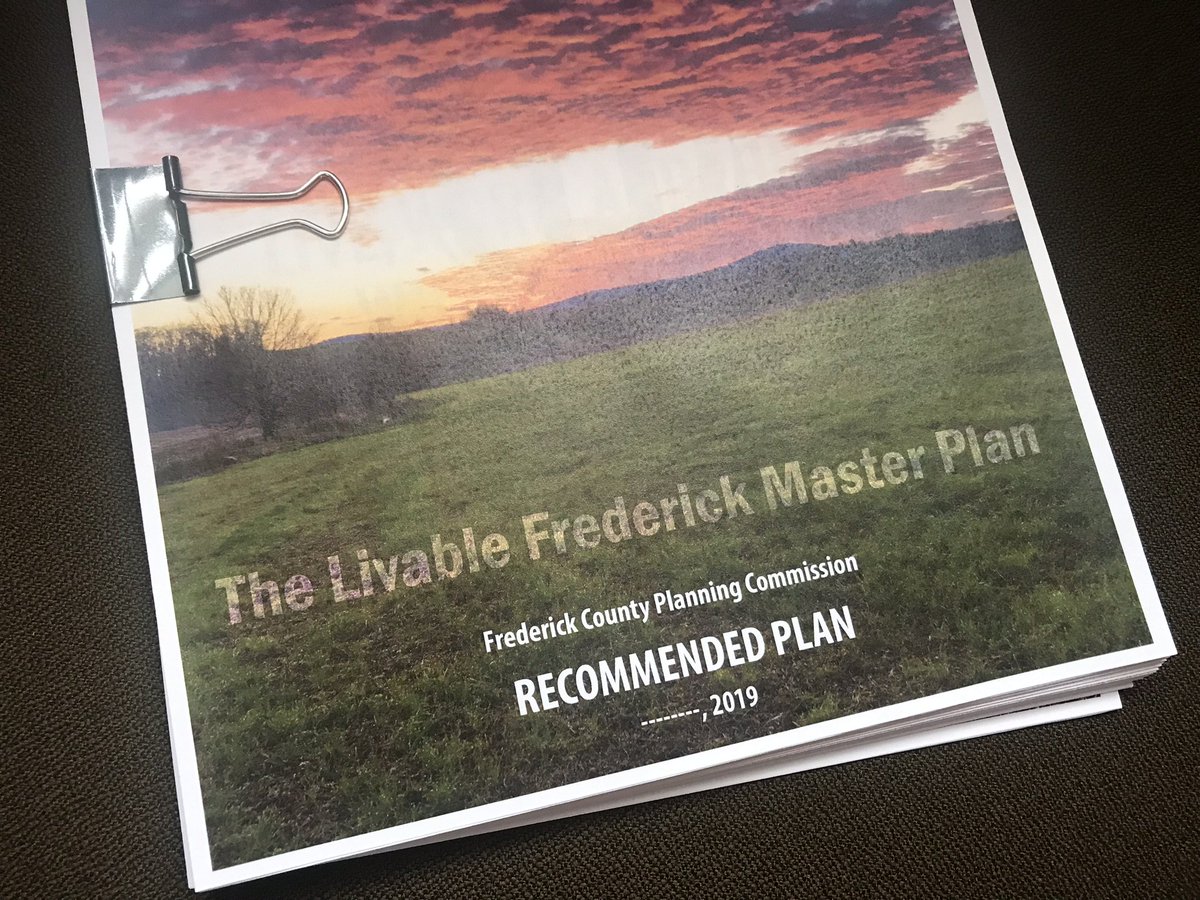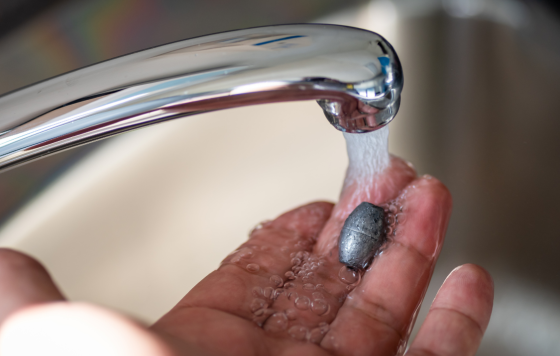
In the next few decades, how and where Frederick County grows will have enormous impacts on improvement or decline in air and water quality, how much County residents contribute to climate change, and how the County adapts to the changing climate around us. Frederick County is in the process of writing the Livable Frederick Master Plan, a document to envision what the County will look like in 2040 and the steps we should take to get there. Download the document and read more about that process here.
On Tuesday, August 20, at 7PM at Winchester Hall, the County Council is hosting a public hearing about the Plan. This is your opportunity to share with your elected officials what you'd like to see for the future of Frederick County, and what should be changed - or not changed - in the Livable Frederick Master Plan to achieve it. EDIT: Click here to read our written testimony on the Plan.
Three points that stand out to us at Clean Water Action are:
- Climate change. We know that climate change will bring "the largest temperature increase in the contiguous United States" to our region: 3.6 degrees by 2035. These higher temperatures will cause worse air quality during the summers, contributing to asthma as well as respiratory and cardiovascular disease. Longer periods of higher heat will also allow more mosquitoes and ticks to breed, carrying more disease. More frequent and more intense storms will increase the flooding that Frederick already experiences, change the weather patterns that farmers rely on to grow their crops, and increase the amount of polluted stormwater runoff harming our local streams and the Monocacy River. How Frederick grows, develops, and plans between now and 2040 will have enormous impacts on our county's contributions to climate change, and how its impacts are experienced by county residents. On July 16, the Frederick County Council voted to incorporate concerns about the climate change crisis into Livable Frederick, but with a narrow 4-2 margin. It's important that the Council members hear from you that Livable Frederick must incorporate climate change to realistically be a plan for the future.
- Linganore and Monrovia community growth areas. Livable Frederick designates areas east of Lake Linganore and south of Monrovia as "community growth areas." These are areas where developments are currently approved and "in the pipeline," but also where local residents have fought for years against these developments. Designating them as "community growth areas" in Livable Frederick is an endorsement of harmful development decisions of Frederick County's past, which could lead to more harmful growth in these areas in the future. In particular, development east of Linagnore, in the watershed of Lake Linganore, threatens increased polluted runoff entering one of Frederick City's sources of drinking water - a lake already threatened by sediment runoff and algae blooms. On July 30, Frederick County Councilman Steve McKay proposed an amendment removing these community growth areas from the plan, but the amendment was not considered by the Council. Frederick should not endorse previous bad development decisions in its planning for the future.
- Eastalco "New Town" community growth area. Livable Frederick also designates the 2,200-acre Eastalcoa site, 2 miles west of Buckeystown, as a New Town community growth area. The site was once home to an aluminum smelting plant that closed in 2005, and the large agricultural buffer around the plant is still actively farmed in a part of the county with significant farmland preservation. The Livable Frederick plan cites the location's proximity to the CSX tracks leading to Frederick City as a possibility for transit-oriented development, but without careful planning and cooperation from CSX, development at the site could lead to many more households relying on cars in a primarily-agricultural part of the county. On July 23, the County Council rejected an amendment that would have would have removed the vision in the plan for the site as a large “new town” community, and tried to encourage the preservation of agricultural land around the site. Frederick should move with significant caution with any new development of the Eastalco site due to its potential to disturb contaminated lands and encourage car-centric development.
Want to express these or other thoughts to your elected officials? If you can attend the public hearing on August 20, click here to RSVP! If not, click here to email the Council and share your thoughts about the future of Frederick County.
EDIT: On Tuesday, September 3, the Frederick County Council voted 6-1 to pass the Livable Frederick Master Plan! Read more about the public hearing and vote here.
- Climate change. Amendments to Livable Frederick that call on the county to address and plan for the climate change crisis passed 4-2 and were maintained throughout the public hearings - a victory for sound environmental planning for the future!
- Linganore and Monrovia community growth areas. The County Council voted unanimously to remove the growth symbol upstream of Lake Linganore, and change the Monrovia growth symbol to "suburban retrofit." While this doesn't itself change developments that were approved under previous County administrations, it affirms that further sprawl growth in these areas is not the County's goal. Meanwhile, just a few weeks later, the Maryland Court of Special Appeals affirmed a prior court decision voiding the Developers' Rights and Responsibilities Agreement for the Monrovia Town Center, sending an irresponsible development that had been locked in by a prior County administration back to the drawing board. This decision affirms years of work by RALE (Residents Advocating for Land use and the Environment) to fight for better development decisions in this area of the County.
- Eastalco "New Town" community growth area. After dozens of nearby residents protested the "New Town" designation at a public hearing, the County Council unanimously voted to remove that designation, allowing the county to explore mixed-use development on that site in the future with the involvement of a “citizens advisory group” as Small Area Plans are being developed.
Clean Water Action applauds these amendments and looks forward to working with Frederick County residents to engage in the development of Small Area Plans and other elements of Livable Frederick to come.


